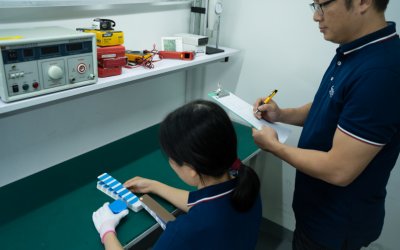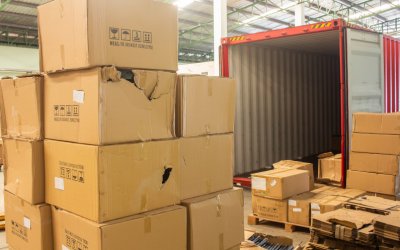What happens when there is an issue with a product that’s already on the store shelf? Panic? Don’t worry; at this point, issues can still be corrected. Here, we’ll cover what this process entails.
When an issue is detected with an in-store product, it typically comes through in the Return to Vendor (RTV) data from the retailer. This data is generated when a consumer returns an item to the store and the retailer records the reasons for the return. This data can also come from online comments on the retailer’s website, online reviews, or, most commonly, consumer calls to the retailer.
If the issue is not severe, the retailer may choose to do nothing. If the retailer finds that there is a problem but it can be corrected, the worst-case scenario would involve a product recall.
So, when can items be corrected? Generally, these types of items include products in the price range of furniture sets, grills, and appliances. The process would involve inspecting the issue and either correcting or segregating the defective items so that they can be returned to the manufacturer – or even destroyed, depending on the severity of the issue.
For example, if a furniture set is missing the hardware needed to assemble the set, this type of situation would warrant “inspect and correct.” In this instance, the inspector would have to verify whether the hardware packet is included; if not, it needs to be added and then the product can be resealed and placed in-store to be sold.
On the flip side, an example of the type of scenario in which an item could not be corrected and, instead, a sort would have to take place is if a high-end fan sticks when it oscillates, resulting in the motor overheating. This kind of problem can’t be corrected. The fan would be sorted and not returned to the store shelf.
Now that you understand when an in-store product issue can be fixed and when it can’t, keep an eye out (especially retailers). Sometimes a potential disaster can be remedied and other times, you just have to seal up the box and move on.
What happens when something goes wrong? Download our free guide to learn how to effectively handle when things go wrong during a product inspection!




0 Comments